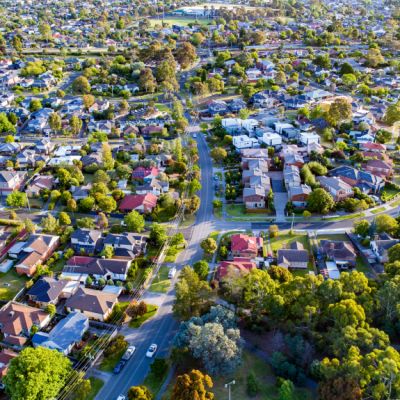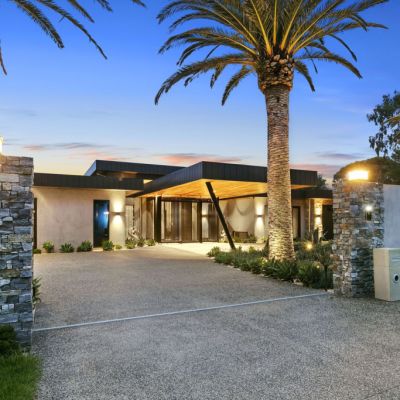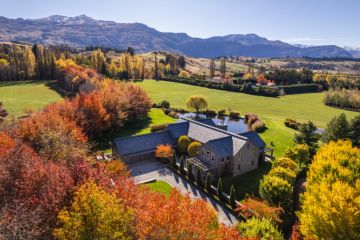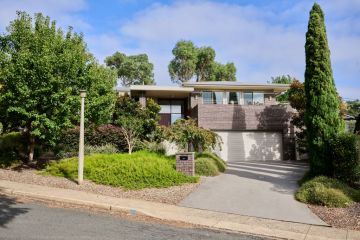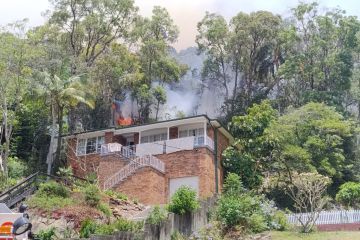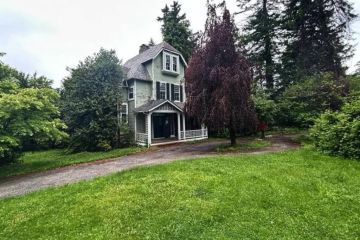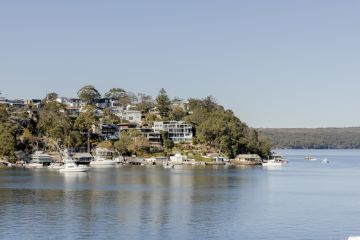Where have all Sydney and Melbourne's new homes been built?
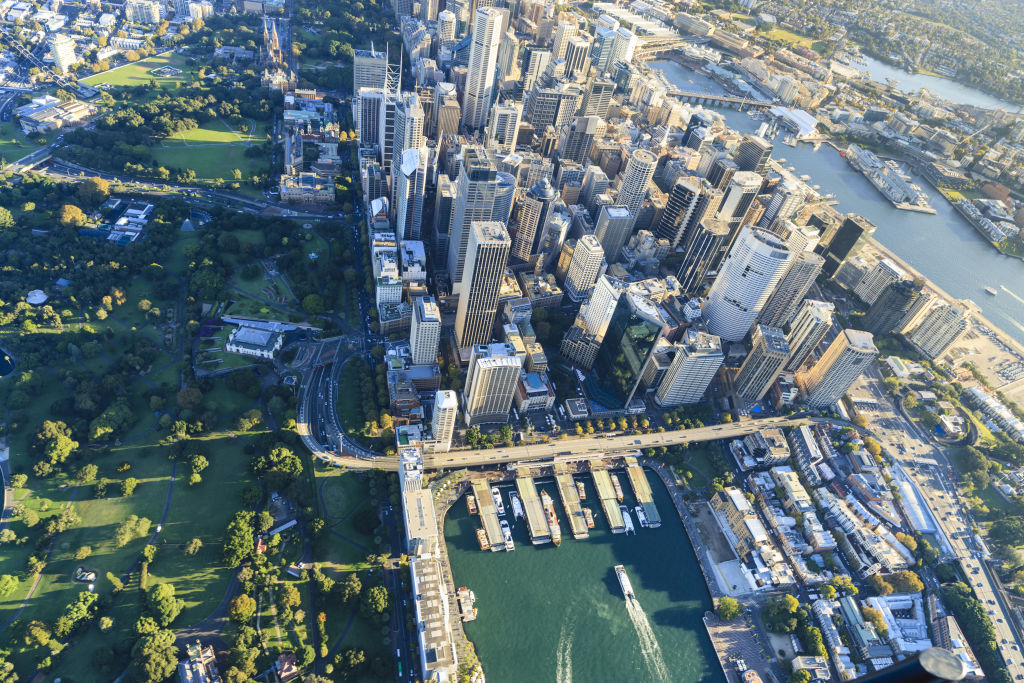
More than half of the residential properties constructed across Sydney in recent years were apartments in the inner and middle suburbs, while almost half in Melbourne were outer-suburban houses, new analysis shows.
An analysis of residential construction completion data from the Australian Bureau of Statistics by Domain revealed the construction hot spots across both cities and the differences between Sydney and Melbourne are clear: the NSW capital has been busy building apartments in the inner city and alongside transport nodes, while its southern neighbour has seen outer suburb greenfield sites skyrocket in popularity.
In Sydney, 56.7 per cent of residential properties completed were apartments with 107,967 built between 2016 and 2019.
Inner suburbs such as Waterloo and Mascot, middle suburbs such as Arncliffe and Homebush Bay and outer suburb of Liverpool, all had the largest number of completed builds, the data showed.
Houses made up 32.2 per cent of completed dwellings in Sydney, with the outer north-western suburbs of Riverstone, Cobbitty and Rouse Hill seeing the most built, while townhouses were 11 per cent of completed builds concentrated in similar areas.
This compared with Melbourne where almost half of all dwellings built (48.4 per cent) were in the outer-ring suburbs with a total of 103,548 homes completed over the same time.
Building was concentrated in the first-home buyer pockets across Melbourne with Cranbourne East, Mickleham, Tarneit, Truganina and Beaconsfield in the top five areas, the research showed.
Though fewer apartments were built in Melbourne (31.9 per cent), construction was concentrated in the inner-city suburbs including the CBD, Southbank and North Melbourne, while townhouses accounted for 19.7 per cent of completions in northern suburbs such as Glenroy, Essendon and Pascoe Vale.
Domain economist Trent Wiltshire said affordability, planning and land availability had played a part in Sydney and Melbourne in their construction booms and busts in the three years to 2019.
Sydney had seen a planning push to build apartments along train lines, particularly in the inner-western and western suburbs offering more choice for apartment living, seeing construction completions peak last year.
“These buildings were pretty high — more than 10 storeys — which is rare to see somewhere like Melbourne,” Mr Wiltshire said.
Melburnians gravitated towards homes in more affordable areas that were not as far away from the city as those in Sydney, as more greenfield land opened.
“Buying a house in Sydney will take you a long way from the CBD as some of the suburbs are up to 70 kilometres away,” Mr Wiltshire said.
People in the harbourside city were moving into apartments to be closer to the city for a more affordable price.
Construction of apartments in Melbourne had been slowing since 2017 when it peaked, Mr Wiltshire said.
Apartments in Melbourne had become popular during the property market downturn when land prices fell, Burbank Group national general manager residential housing Louis Sultan said.
“That’s actually reversed because there’s now more confidence in the detached greenfield sites and homes,” Mr Sultan said.
The cost of land in Sydney had seen a fall in the number of people buying house and land packages between 2016 and 2019.
But the federal government’s HomeBuilder and First Home Loan Deposit Scheme boosted sales for new builds in Sydney and Canberra, though coronavirus had affected the market.
Oliver Hume’s national head of research George Bougias said while many people were building closer to major cities, the impact of coronavirus could change where people want to live or build a new home.
Those living in Sydney and Melbourne have been moving to regional areas in the past few months, as they work from home and look for a lifestyle change.
“I think that’s starting to filter through,” Mr Bougias said. “There’s been a shift towards regional areas like Geelong and Warragul and even Gisborne and Ballarat in Victoria,” he said.
The impact of coronavirus would be in the residential construction market for apartments and homes over the next few years, he said.
Especially as new migrants and international students were kept out of Australia.
New-home build buyers in Sydney and Melbourne were split 50/50 between local buyers and those who migrated from overseas, he said.
The cycle of new migrants buying into each of the markets, which takes three to four years, means demand could drop off in years to come.
“Right now it’s really steady as she goes,” Mr Bougias said. “We’re not expecting a huge rebound or drop in sales.”
We recommend
States
Capital Cities
Capital Cities - Rentals
Popular Areas
Allhomes
More
- © 2025, CoStar Group Inc.
